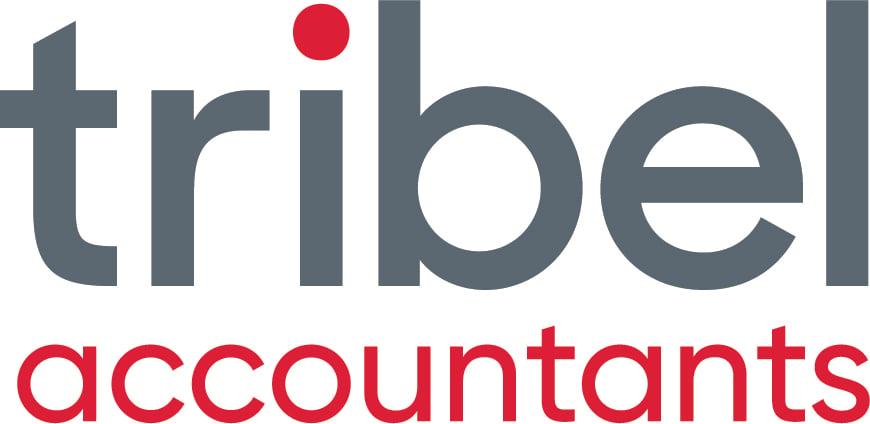INTRODUCTION:
It's one thing to talk about cash flow and it's true that if you have great cash flow you may not have to borrow as much. However the reality is that there are many reasons why you may need to still borrow and find out how to get small business loans including:
- business is rapidly expanding and will need an initial injection for more infrastructure or inventory;
- the business is correcting its cash flow issues improving debtor days etc but will need time to implement;
- buying a business or a share in a business;
- refinancing your existing debt for better terms;
- an unforeseen event (theft, business interruption, drought, fire - note check your insurance policy as well as the effects of these can be minimised).
Getting a good deal will usually mean:
- better terms;
- less restrictive covenants;
- lower interest rates; and
- waived fees.
The biggest thing I see as a small business accountant is the inability to ask the bank for a better deal when it is warranted. The trick is though to get a better deal you need to put together a loan package that reduces risk. Just like when a business valuer looks at performing business valuations, the less the risk the better the deal.

Figure 1: To get a better deal from the banks sometimes you have to be able to jump over hurdles. Photo courtesy John Flitcroft Photography
1. Purpose & Amount Of The Loan
When you approach the banks you need to be very clear on why it is you need the monies and what exactly you are going to do with them. Going in and having a meeting to say that you are running short because business is slow will generally not cut it.
Making sure that you ask for the right amount (better to ensure that you have been conservative) is crucial as going back 6 or 12 months later is not a good look and will raise suspicion that you won't be able to service it.
This is where you should consider sitting down with your small business accountants and projecting your three way budgets which include a predicting a profit & loss, balance sheet and cash flow forecast.
2. A Loan Package That Will Impress
Verne Harnish in his book Mastering the Rockefeller Habits talks about a knockout loan package. This will include:
- your mission statement or niche market;
- what your vision is for your business;
- showing you can track your monies;
- how you have a business plan that show strategy and how you will be able to handle adversity;
- what resources you need;
- what the numbers will look like in 3-5 years.
The funny thing is that many business owners might think this is too hard or not necessary but it's amazing how banks (particularly new ones interested in your business) will view your application if you can provide these. Remember the savings could be in the tens of thousands a year depending on your situation.

Figure 2: Give your bank something that will impress!
3. What Financial Information Should be Included
As a minimum you should get together:
- last 3 years' financial statements and tax returns;
- three way budgets including cash flow forecasts;
- integrated client accounts from the ATO (running balance tax statements) for past 12 months;
- loan statements (including credit cards) for the past 12 months showing good payment history;
- personal statement of assets and liabilities;
- any business contracts which give force to your numbers;
- aged debtors and creditor listings;
- any other financial information that will give your application strength.
If you have them available, a business valuation from an experienced business valuer will also certainly help.
4. Red Flags
Before you talk to your bank or any other bank you should be aware of their lending criteria. By this I mean knowing what they don't like.
It could be they do not like:
- your industry;
- poor credit ratings;
- declining key performance indicators with your business (financial statements);
- below average bench marking performance by your business compared to the average;
- competitors coming into your market.
Better to be prepared and to address these in your application. Bankers don't like surprises! Be upfront and show how you are going to address these issues which no doubt will form part of your SWOT analysis in your one page strategic plan.

Figure 3: Not all red flags are great! Identify any for your business to the bank and how you will overcome them.
CONCLUSION:
Review your current banking arrangements and then consider implementing the above and then go and see your bank manager. If they feel they can't give you a better deal then it might be time to take this information elsewhere. It's possible that your bank does not know that you have things in place to reduce their risk so it's always a good thing to keep them informed and then ask.
Going through the process above could not only save you thousands in interest and cash balance, but might even make you hundreds of thousands in extra profits just by sitting down and reassessing where your business is headed!


.png?width=100&height=100&name=COVID_Safe_Badge_Digital%20(002).png)




